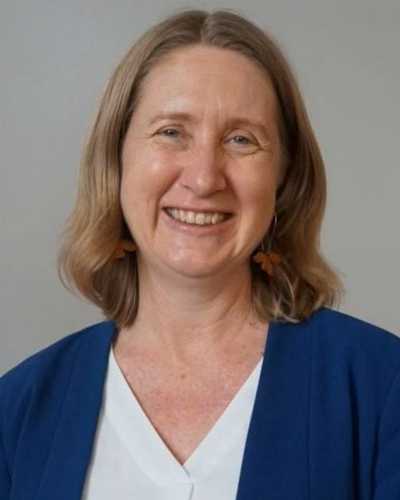Introduction: This presentation examines the effectiveness and implementation of telephysiotherapy for exercise programs in aged care. A systematic review guided the development of the TOP UP Study1. Co-designed with input from older adults, caregivers and aged care staff, TOP UP is a hybrid type 1 effectiveness and implementation trial aimed at improving mobility, reducing falls and enhancing quality of life through telephysiotherapy interventions for older adults in aged care2.
Methods: TOP UP evaluated a 6-month telephysiotherapy intervention, which included 10 Zoom sessions where a physiotherapist prescribed a 2-hour tailored moderate intensity balance and strength exercise program to aged care recipients across 27 rural and metropolitan sites. TOP UP was supported by exercise videos accessed via a website and weekly support from a trained care worker. The study received approval from the Human Research Ethics Committee at The Sydney Local Health District, Concord, Australia (CH62/6/2021-009).
Results: The TOP UP Study demonstrated moderate adoption (47%) and reach (18%), high feasibility (77%) and safety (one non-injurious fall recorded), with an average strength and balance exercise dose of 1.7 hours/week. Qualitative analysis highlighted themes such as enhanced opportunities at home, engagement with senior-friendly resources and the importance of local support3. The program significantly improved mobility, with intervention groups scoring 2.1 points higher on the Short Performance Physical Battery test (p<0.01), a 40% reduction in falls (approaching statistical significance, p=0.06) and 38% fewer fallers (risk ratio 0.62, 95%CI 0.42 to 0.92). There was a significant reduction of 1.1 points on the 10-point pain scale (95%CI –1.8 to –0.3, p=0.005), and a significant increase of 6.2 points (95%CI 1.8 to 10.7, p=0.006) on the EQ-5D-5L VAS 100-point scale.
Discussion: The findings highlight telephysiotherapy’s significant potential for delivering reablement care in rural settings. They emphasise the necessity for organisational commitment to integrate telehealth with local support and senior-friendly digital resources to motivate older people to exercise.
Conclusion: A co-designed model of telephysiotherapy is a safe, effective and feasible option for improving mobility, reducing falls, managing pain and enhancing the quality of life for aged care service users.






